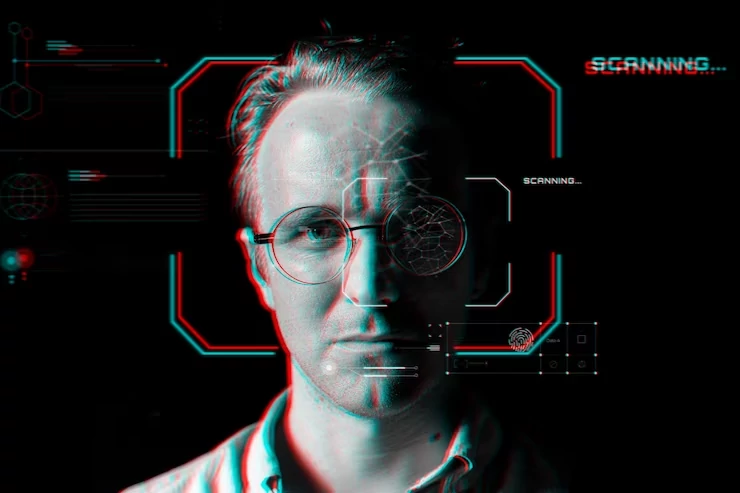Image credit: Rawpixel via Freepik
OpenAI has introduced a series of game-changing enhancement, including two standout features: voice interaction and image recognition.
Literally Chatting with ChatGPT
One of the most significant upgrades is the addition of voice interaction to ChatGPT which allows users to engage in spoken conversations with the AI. Choose from a selection of five lifelike synthetic voices, each designed to provide a natural conversational experience. It’s like having a real-time phone conversation with a chatbot, with ChatGPT responding to your spoken questions promptly.
The underlying technology relies on two distinct models. OpenAI’s Whisper, a pre-existing speech-to-text model, converts spoken words into text, which is then fed to ChatGPT. Conversely, a new text-to-speech model transforms ChatGPT’s responses into spoken language.
During a recent demonstration, Joanne Jang, a product manager at OpenAI, showcased the range of synthetic voices. These voices were meticulously crafted through training the text-to-speech model on the voices of hired actors. OpenAI even envisions a future where users can create their own custom voices. The primary criterion for crafting these voices was ensuring that they are pleasant and easy to listen to.
This advancement extends beyond ChatGPT, as OpenAI is sharing its text-to-speech model with other companies, including Spotify. Spotify, for instance, is using this synthetic voice technology to translate celebrity podcasts into multiple languages using synthetic versions of the podcasters’ voices.
Image Recognition Now Possible
Another groundbreaking addition to ChatGPT is image recognition. This feature, which OpenAI had teased with the introduction of GPT-4, now allows users to upload images to the app and query it about the content of those images. This means you can ask ChatGPT questions about visual content.
In a practical demonstration, Raul Puri, a scientist working on GPT-4, uploaded a photo of a math homework problem and asked ChatGPT for a solution. Impressively, ChatGPT provided the correct steps. Users have also employed this feature for troubleshooting technical issues by uploading screenshots and seeking guidance.
Moreover, ChatGPT’s image recognition capability has been used by Be My Eyes, an app designed to assist individuals with impaired vision. Users can upload images and ask the chatbot to describe them, offering a new level of independence.
However, OpenAI is acutely aware of the potential risks of these updates, especially when combining different AI models. For instance, users cannot inquire about photos containing private individuals. The company acknowledges the need for vigilance in preventing misuse and is committed to safeguarding both users and non-users from harm.
Challenges Ahead for ChatGPT
These updates mark the rapid evolution of OpenAI’s experimental models into practical products. ChatGPT Plus, the premium version of the app, combines GPT-4 and DALL-E, making it a formidable competitor to voice assistants like Siri, Google Assistant, and Alexa. What was once accessible only to select software developers is now available to everyone for a monthly subscription of $20.
As ChatGPT expands its capabilities to “see, hear, and speak,” there are challenges to consider. Voice recognition may pose accessibility issues for individuals with non-mainstream accents. Additionally, synthetic voices carry social and cultural implications that require further exploration.
OpenAI, however, asserts that it has addressed the major concerns and believes that these updates are safe for release. The journey to refine and expand AI capabilities continues, with ChatGPT leading the way. While there are certainly challenges and questions to address, this latest update represents a significant step toward creating more powerful and interactive AI assistants.

